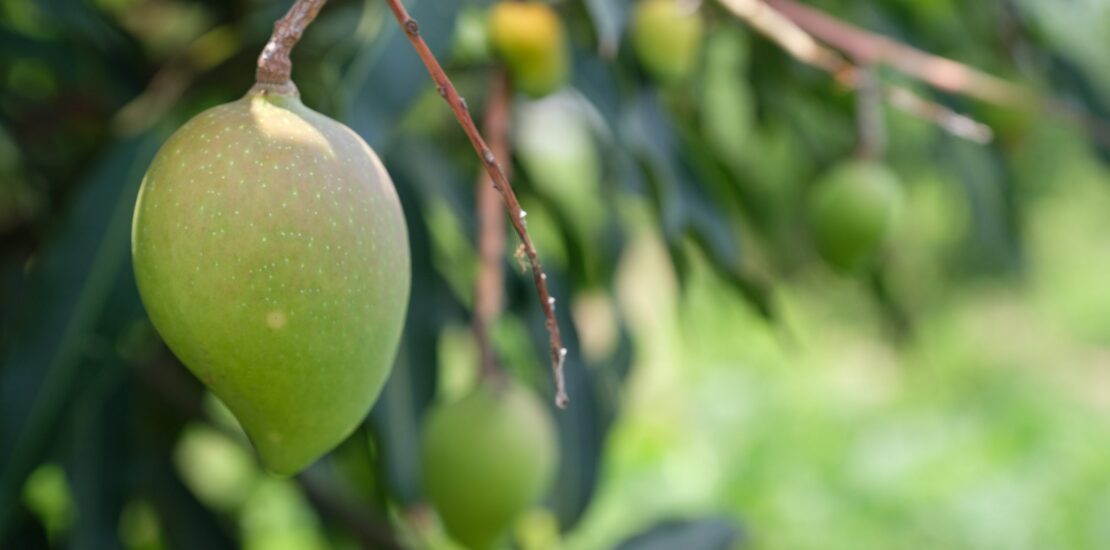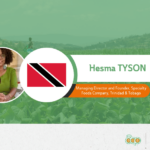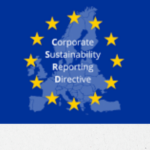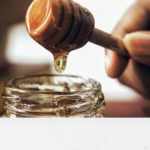Update on plant health rules for fresh mango exported to the EU
- 10/07/2020
- Posted by: Gaetan Dermien
- Category: Mangoes, News

An update of “COLEACP Guidelines on the Export of Mango to the European Union” has just been published.
This guide provides a clear explanation of what needs to be done in order to ensure that Mango exports are in compliance with EU phytosanitary requirements related to non-European fruit fly (Tephritidae). It details the information to be provided, and actions to be taken, at all stages from production to export by producers and exporters, as well as by the national authorities and inspection services.
The document has been updated to cover new information and regulatory amendments which are important to note. The main changes compared to earlier versions include:
- Text to be included in the “Addition Declarations” in the phytosanitary certificate
- Details on additional quarantine pests
- Information on how to add an annex to the phytosanitary certificate
The document is divided into two parts. Part One provides details of the special measures required under the regulations for fruit fly on mango. It describes the options that can be selected to ensure that exports are pest free, and gives a clear explanation on how to complete the phytosanitary certificate. Rules for this pest are strict, and correct completion of the certificate is essential to avoid administrative problems and potential destruction of shipments at EU border controls.
Part Two of the document is a guideline for preparing a dossier for submission to the EU on the management of fruit fly, according to Implementing Directive (EU) 2019/523. It gives a framework to guide the process of developing a national action plan and submitting a dossier to the EU, outlining the various elements that must be included.
The guide has been prepared by COLEACP within the framework of the Fit For Market SPS programme. The elements it contains are not exhaustive or exclusive, and may or may not be relevant, depending on the situation in each country. The content of each national action plan, and any dossier submitted to the EU, remain the sole responsibility of the NPPO and industry stakeholders in the countries concerned. References and links are given to the regulations and international standards (ISPMs) that NPPOs must adhere to. The contents of this publication are the sole responsibility of COLEACP and can in no way be taken to reflect the official views of the European Union.
This publication is part of a collection of COLEACP training tools, teaching aids and technical documents that are available online for COLEACP members.



![EU and GB MRL changes in 2024 (May– August 2024) 9-FFM+-[ENG]](https://news.colead.link/wp-content/uploads/2024/06/9-FFM-ENG-150x150.jpg)

